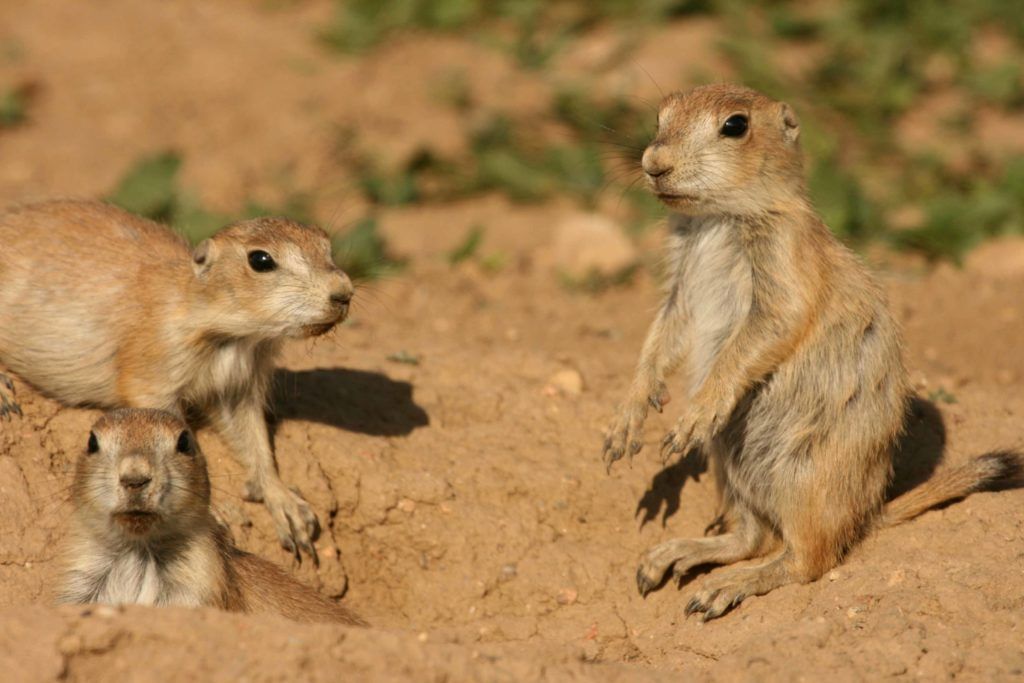ECO FACTS
Blueland’s Carbon Offset Partner: Southern Plains Land Trust
Written by John Mascari, COO at Blueland
Published: April 27, 2020
Updated: January 23, 2025


Sean Boggs for Environmental Defense Fund
Blueland is now carbon neutral! As we begin our carbon neutrality journey, we’ve partnered with the Southern Plains Land Trust (SPLT) to offset our emissions through supporting conservation and restoration in grasslands in Colorado.

What Is The Southern Plains Land Trust?
SPLT owns over 30,000 acres of land in southeastern Colorado and holds protective conservation easements on another 2,000 acres. Over 20 years ago, a group of graduate students noticed construction developments starting to encroach on pockets of native grasslands in the Denver metropolitan area. They turned their dismay into action by purchasing their first piece of land and starting the Southern Plains Land Trust. They chose southeastern Colorado because there is still intact wild prairie in this rural area. Since then, SPLT has expanded, purchasing more land and committing to restore and conserve the biodiversity of the prairie grasslands. In addition to the over 32,000 acres in their preserve network, SPLT is at work to expand its largest refuge, Heartland Ranch Nature Preserve, from its current size of nearly 25,000 acres to 43,000 acres within the next four years. That’s bigger than 32,000 football fields and larger than any National Park in Colorado! Grasslands are often converted to cropland for farming or into land for energy developments. SPLT purchases these lands to protect them from becoming farmland or developments.
Grasslands And Carbon Sequestration
Grasslands provide a natural mechanism for carbon sequestration. Maintaining healthy forests and grasslands is incredibly important, as both are critical to carbon sequestration. We chose to work with a project that specifically supports grasslands because we align with SPLT and their mission, however maintaining and conserving both types of environments is important. Like trees in a forest, the grasses on the prairie absorb carbon dioxide during photosynthesis, taking carbon dioxide directly out of the air. Grasslands and forests absorb more carbon dioxide than they release so they act as a natural carbon sink. They are both effective for carbon sequestration, but grasslands are able to store carbon dioxide more securely.
Unlike forests, grasslands store most of the absorbed carbon dioxide underground in the soil. Trees store most carbon dioxide in their trunks. In droughts when forests and grasslands are susceptible to fires, grasslands are more resilient. When trees catch fire, the CO2 they’ve absorbed gets released back into the air, effectively undoing the work it’s done. Because grasslands store CO2 in the soil underground, CO2 is less likely to be released, even if the grass catches fire. Prairie grasslands are a great way to offset emissions, as they are a natural and stable mechanism for carbon sequestration.
When grasslands are converted to farmland, they risk releasing 50%-70% of the CO2 that is stored in their soil. Farming requires the soil to be overturned for planting, and during that process, stored CO2 is released. Grasslands conservation is extremely important to preserve natural carbon sinks and keep the CO2 trapped in the soil.
Southern Plains Land Trust Carbon Offsets Program
The Southern Plains Land Trust works with NativeEnergy to provide carbon offsets for purchase. NativeEnergy helps businesses and companies find certified carbon offset programs. The SPLT offset projects help fund the purchase of new land and maintaining and restoring the natural habitats of land they already preserve. In the U.S. over 70% of grasslands have been converted to cropland or converted for development. Purchasing new land allows SPLT to keep land from being converted, which means losing much of the natural biodiversity and wildlife. Blueland’s carbon offsets will help fund the purchase of Jager’s Ranch, a 6,600-acre ranch in Colorado. This addition expanded SPLT’s Heartland Ranch to nearly 25,000 acres in February. Expanding grassland conservation allows SPLT to help sequester more CO2. Conserving and restoring the health and biodiversity of Jager’s Ranch will prevent up to 190,000 tonnes of CO2 from being released over the next 50 years.
Grassland Conservation
Purchasing land for conservation is just one part of SPLT’s mission. Equally as important is their work to maintain and conserve the land they already own. They keep the land protected from human interference. SPLT strictly regulates visitation, leaving the grasslands largely uninterrupted from human interference. The land is protected from farming and energy developments.
 Copyright: Richard P Reading
Copyright: Richard P Reading
However, there are plenty of animals roaming the prairie. An important and necessary part of grassland conservation is maintaining the biodiversity of the ecosystem. In order for grasslands to grow and thrive, all aspects of the prairie have to be well maintained. SPLT has spent years restoring the biodiversity of the grasslands. They’ve reintroduced bison, who help trim shrubs and grasses, and deer, elk and pronghorn can be found roaming the grasslands as well. In addition, burrowing animals like prairie dogs are especially important. Hundreds of other wildlife species benefit from prairie dogs and the unique habitats burrow and grassland habitats they create. Prairie dogs are highly social creatures that live together in “towns” and whose barks and chirps have all the elements of a true language.

Blueland And SPLT
Our carbon offset contribution will help to conserve 28 acres of grasslands in Colorado. We chose to work with SPLT because we believe in their mission and their methods and felt grasslands conservation and restoration could have an immediate impact on the climate. SPLT banned single-use plastic from their facilities, aligning with our mission to eliminate single-use plastics and put the planet first.
As our business continues to grow, we look forward to continuing to support SPLT and other carbon offset programs doing conservation work.
Blueland’s Carbon Offset Partner: Southern Plains Land Trust is part one of a three-part Blog series where we dive into the logistics and processes involved with carbon neutrality and what carbon neutrality means for Blueland. The other two articles can be found here:

